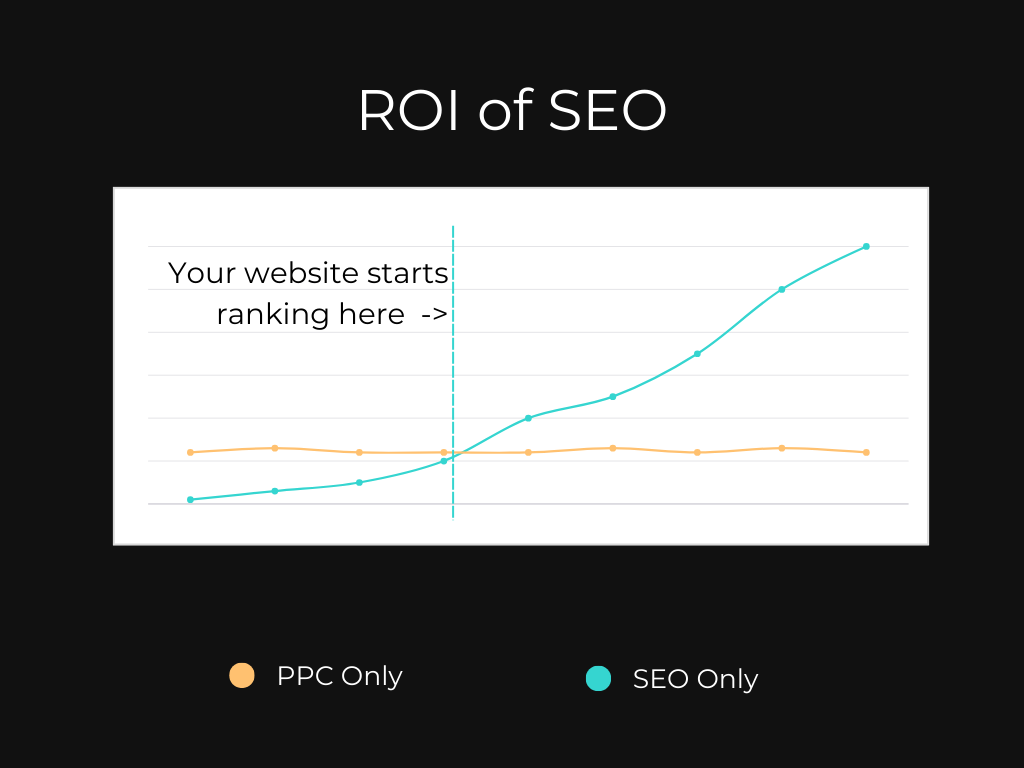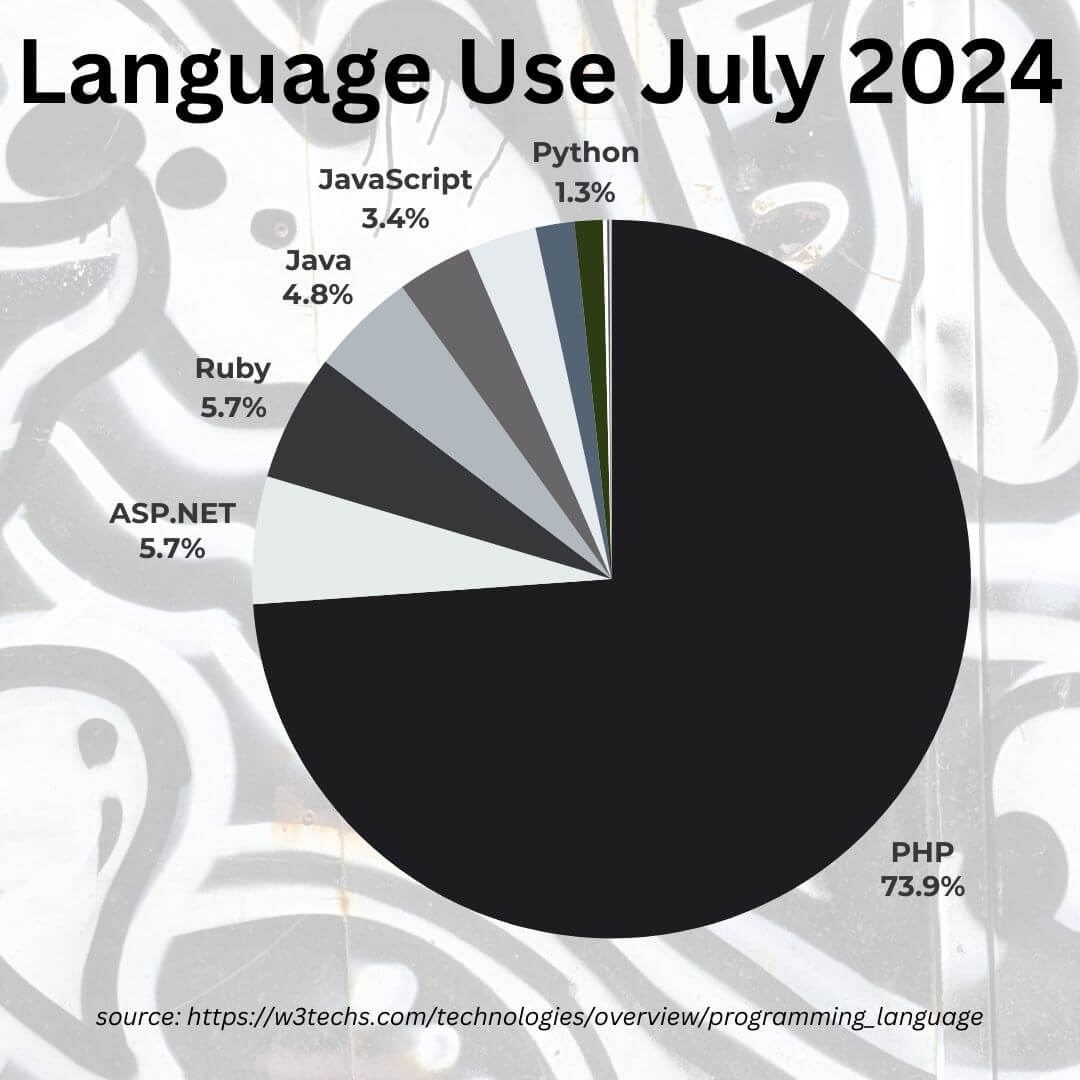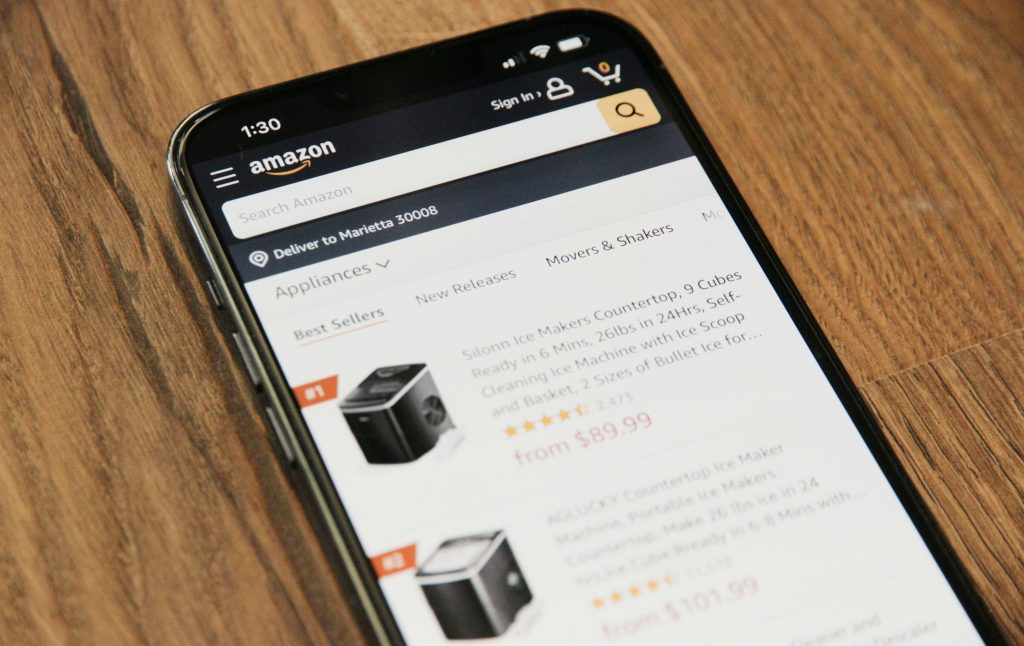Why We Use PHP, Despite the Critics
For at least the last 15 years, we’ve heard a recurring cry of “PHP is dead!” Can it ever be replaced?
You don’t need to look at the stats to see that PHP lives on in 2024. It is the backbone of the largest websites online and PHP development is an industry standard. If PHP were to disappear tomorrow, it would leave a gap that no other programming language could fill.
PHP was originally an abbreviation of Personal Home Page [Tools], introduced by Rasmus Lerdorf in 1995. Today PHP is a recursive initialism that stands for Hypertext Preprocessor, and a resilient, general-purpose scripting language. It has many uses but is especially suited to web development.
Is PHP Still Relevant?
PHP is by far the most popular server-side language available in 2024. This chart from Web3techs shows usage among the websites with a known server-side programming language: it’s higher than the memes would have you believe.
PHP is regularly updated, with new functions and tools to support cutting-edge websites.
Open Source, Volunteer Supported
Similar to WordPress, PHP is open source. This means no single company owns PHP, and it is available for free download and use for any purpose. Additionally, PHP is supported by a global community of volunteers. This means it is resilient and independent of a single company staying in business to keep it updated.
The latest version, as of this writing, is 8.3, released in November 2023. PHP 8.4 will be coming in November 2024.
A Server-Side Script
PHP is a server-side language, which means it runs on the server that hosts the website, rather than in the user’s browser (client-side).
PHP is commonly used to generate HTML documents for websites. Although PHP files reside on the server, the browser only receives the generated HTML, not the PHP code itself. Client-side languages like AJAX are processed within the browser after the files are downloaded.
To illustrate, using server-side languages is akin to ordering food at a restaurant: you place your order, the kitchen prepares the meal, and you receive it ready to eat. Conversely, client-side languages resemble meal kit delivery services, where you receive the ingredients and must cook the meal yourself.
The benefits of a server-side language
- Your source code stays private, making your website less vulnerable
- It can retrieve files from large databases, making it perfect for building large e-commerce sites
- It doesn’t rely on client-side plugins to run properly.
Using PHP: Versatile, Stable, Scalable.
PHP is a versatile programming language. We use it for command-line scripting, developing desktop applications, web-based applications, integrations with software and more; although its primary use is web development.
“PHP is versatile, stable, scalable, it has clear syntax, and it’s easy to pick up and switch between projects. It’s an industry standard because it is the “Swiss army knife” of programming languages. Over 70% of world web applications and websites are using it from simple brochure websites to enterprise-level solutions.”
– Ciprian Visan, Lead Developer
Swiss army knife is an apt description: PHP has more than 1000 built-in functions and features that make common tasks easier. These include string functions, such as replacing all occurrences of a particular string with a replacement; File functions, such as checking whether a particular file or directory exists; and array functions, such as joining array elements with a string.
The other reason is that PHP is a high-level, interpreted language that has a simple and expressive syntax. It does not require strict typing, memory management, or compilation. This simplicity allows developers to code in their own style, with no restriction on structure.
Frameworks for PHP
Today, a vast library of frameworks is available for use with PHP to provide different features and functionalities for web development.
Some of the most popular ones are:
Laravel, Symfony, CodeIgniter, CakePHP, Zend Framework, Yii, Slim, Phalcon, and Lumen.
These frameworks help developers create applications faster and easier by providing features such as routing, templating, validation, authentication, authorization, testing, caching, logging, and more.
PHP runs on almost any platform, including Windows, Linux, Mac OS X, and Unix. It also supports most web servers, such as Apache, Nginx, IIS, and LiteSpeed. It easy to install and can even run without installation using a portable server like XAMPP, which only further fuels its popularity.

Sites Built with PHP
Unless you’ve been living in the woods for the last 15 years, here are a few examples of PHP users we know you have heard of:
- Facebook was initially built using PHP. While Meta has moved away from the programming language over time, it still plays a significant role in their infrastructure.
- Wikipedia, the world’s biggest online encyclopaedia, relies heavily on PHP for its backend operations, content management, and user interactions.
- Tumblr, the microblogging and social networking platform, employs PHP to power its vast network of user-generated content and social interactions.
So many of the largest websites today use PHP, leading many to conclude it is irreplaceable.
“From experience, I can easily see there is no single alternative to replace PHP as a programming language available on the market now. Switching from PHP to something else will create infrastructure problems, will increase production costs, will quadruple development times, will require more specialised staff and will make development slower.”
– Ciprian Visan, Lead Developer
Long Live PHP
With its ease of use, technical prowess and ongoing development and support, there is a lot that speaks for PHP as the go-to solution for web development. As a dev using PHP every day, it’s easy to see just why it has such a large market share.
“PHP is a practical thing, people who use it will always complain to anyone who will listen. Seasoned practitioners understand and just get on with it.”
– Adrian Jones, MD at eSterling
SEO Is An Investment, Not A Cost
“How can I justify the cost of SEO?”
“Why should I spend more on SEO?”
“How can I budget for SEO?”
If you consider SEO as a running cost, like power or coffee, you might question what you are paying for. As we like to say, SEO is a marathon, PPC is a sprint. That’s because SEO is an investment, not a cost, and should be considered as such.
SEO clients aren’t paying for a fixed amount of traffic every month: you’re paying for professional time spent on your website. This time builds into a significant and stable ROI as we make changes that support your site to be found and understood by Google.
That’s because a more accurate category for SEO is as an investment.
And a question I always encourage brands to ask is this: “Can you afford not to invest in SEO?”
1. If you’re not ranking, one or more of your competitors is.
How badly do you want to increase your market share and take some of the business your competitors are winning from SEO?
Taking Traffic from Competitors Requires Investment.
2. Unlike paid media, SEO should compound over time.
It might take longer to show an ROI than paid channels, but over a matter of months, those ‘clicks’ and ‘conversions’ become more cost-effective as traffic compounds.
Think longer term and forecast accordingly. 
3. Relying on one channel (e.g. PPC) is risky.
When COVID hit, so many businesses wished they’d started investing in SEO sooner. In the early uncertainty, many marketing teams had to pause paid spend on PPC ads.
Those who had invested in SEO as well as PPC still saw traffic, because they had the strong foundation of a properly optimised website.
And that’s without even mentioning the everyday need to diversify traffic sources. A sustainable business model should be able to acquire customers via multiple channels, in case one of them fails.
Diversify your digital marketing.
4. You need to invest at a level that lets you win.
Let us say the quiet part out loud: SEO only gets ROI once your site ranks in traffic-driving positions. You won’t see that return if you’re not investing enough resources to get you there.
Invest to win.
5. Your competitors aren’t standing still.
The longer you wait to invest at a level that lets you win, the further ahead competitors will get.
When you do decide to invest to win, you’ll have more catching up to do.
Invest in SEO: Beginning with a Sitewide SEO Audit
If you’re not getting an ROI from SEO, these are the questions you should ask your current providers:
- What’s the strategy? No, not a list of tactics. A strategy.
- What’s the growth forecast? When will the investment break even and how will the ROI grow over time?
The ROI is only as good as the provider. Long-term gains come from careful, measured approaches. Our digital marketing and SEO team spend time on your site each month, in proportion with your investment, to get you where you need to go.
Get Quality SEO From Today or Read more about our SEO Services.
How to Write Product Page Content for eCommerce Websites
Product pages are often the most important landing pages on your website. Users searching for a specific item will expect to find product pages across organic and paid search results.
Your product pages need to provide the right amount of information for users and search engines. Product pages also get leads from Google Shopping results, so it’s important to get them right. Too much, and the key information will be lost to users. Too little and they won’t be found at all.
Here’s a checklist to help get your product pages up to scratch to perform well in search.
Product Descriptions
All good product descriptions should clearly and concisely explain what the product does, and its benefits over competitors.
Product descriptions should be written for customers first of all.
- Use language familiar to your target customers: no jargon!
- Write with a clear tone of voice, persuasive wording and appropriate length.
- Use bullet points to avoid lengthy paragraphs.
- Include helpful information such as materials used, age restrictions or care instructions.
Descriptions that do this and demonstrate the clear value of your products will be a vital tool for leading your customers through the sales funnel.
As well as writing for potential customers, product copy should target the most relevant keywords that users are searching in Google. Search engine crawlers determine what a product page is trying to sell by scanning and reading the content. If you haven’t included the key terms that most consumers use in your copy and headings, you could be missing out on a lot of search traffic.
- Keywords should be included naturally into the content, and not stuffed in just for the sake of SEO.
- Anticipating alternative phrasing and user questions about your product can help build visibility for a wide range of key terms.
Product descriptions should also be unique for every product. Duplicated content can be a significant issue for SEO and should be avoided when possible, especially for large eCommerce websites.
Product Specifications & Information
Online customers are lazy. When viewing a product page, we want all the information we need up front. Having to click through to other pages to find the details is off-putting. Keep product page content as thorough as possible, with all the information clear and in one place.
Make sure you include:
- Prices
- Shipping costs
- Product size or dimensions
- Colour options
- Technical information
Including as much relevant information as possible is always useful to the customer as they can understand the product completely by viewing one page. This will encourage them to click ‘Add to Basket’ rather than view other options.
Product Images and Videos
Product imagery is the first thing a customer will notice on a product page. Make sure your products’ images look clear, desirable and as high quality as possible.
75% online shoppers have said that product images directly affect their purchasing decisions, so it’s vital to get it right.
Every image should be as high quality as possible while still staying under image size guidelines. Images that are stretched or grainy will instantly send red flags to potential customers, making your site look illegitimate.
Ensure the images are true to the colour of the product. Many people return products because they don’t look how they expected them to, particularly when the products are clothing, footwear or home decor.
A number of images showing your product from different angles is a benefit. It lends authority to your brand, and is especially important for products that appeal because of the aesthetics. Having multiple images for each product variation is also a great way to show your customers exactly what they are buying and increase engagement with the page.
You can also make image helpful, and answer questions your customer may have about a product. Showing products in use, having the ability to zoom in on the image and highlighting features are great ways to level up your product images.
Use image alt text correctly, with a description of the image. This helps users with visual disabilities understand the image, as screen-reader technology reads out the alt text. Search engine crawlers also read descriptive alt text to understand what the page is about, which will help your product page rank for relevant search terms.
Videos are another useful tool for eCommerce sites. Including videos on your product pages offers users a much deeper understanding of a product than a simple image. A video can include voice-over and in-depth product demonstrations. This can be a powerful way of showing why a customer should purchase the product and giving them confidence in what they are buying.
Product Reviews
Social proof is a powerful tool within eCommerce. Seeing what someone else thought of a product can be one of the main things that helps a user decide on making a purchase, and most people check reviews before buying online.
Reviews immediately make your future customers feel much more confident. Display reviews clearly on your product page to increase conversions and get more people to buy your products.
If you need help creating the best product pages possible, get in touch with eSterling. We are experts in eCommerce web design and digital marketing and have the knowledge and tools to help you create product pages that get users to click that buy button!






